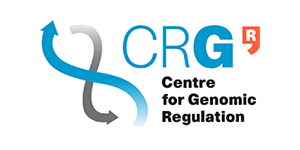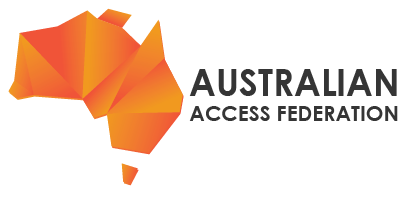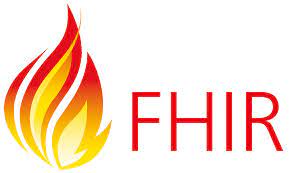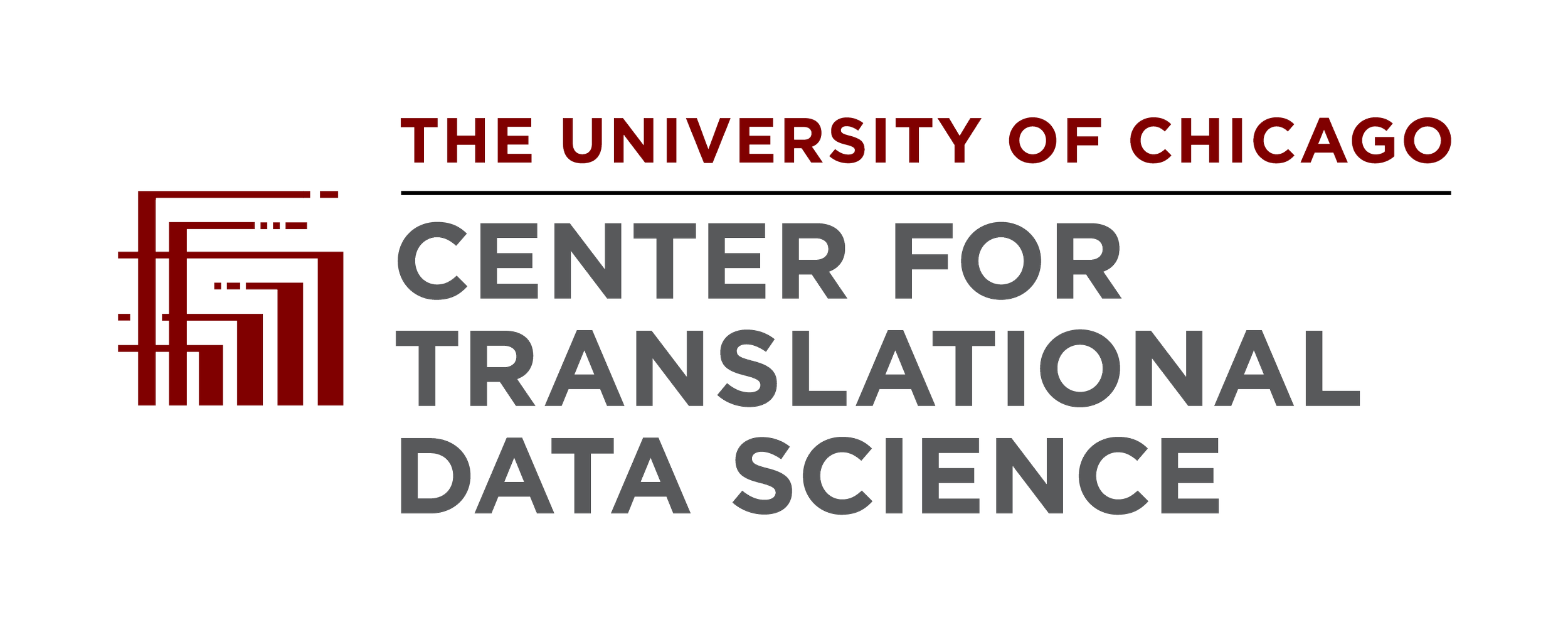Storage, sharing and analytics of human omics data involves a large ecosystem of technolgies and standards, including:
- Data commons platforms that allow groups to manage, analyze and share omics data, searchable using key clinical and demographic variables.
- User identity and authentication mechanisms for establishing trust and assigning permissions.
- Computational workflow systems for orchestrating large scale distributed computations within secure computing environments.
- File format specifications for different data types.
- Protocols for querying datasets held across multiple organisations to assemble cohorts for further research, and for sending data between systems.
- Language ontologies for establishing standard nomenclature and compatible representations of data and metadata.
Beacon is an API framework and metadata model to enable discoverability of genomic variants and related cohort and individual level metadata.
Interactive exploratory analysis tool for exploring large cancer genomics datasets
Description of various tools to assist with DAC management.
GA4GH standard ontology for describing consent, access and use restrictions on datasets
Description of Federated Identity and Access Management and various options for implementing it.
FHIR (Fast Healthcare Interoperability Resources) is a standard for exchanging healthcare information electronically.
A common data model for describing patient-derived demographic, phenotypic and medical information
A summary of ontologies and resources to help with searching and ontology curation
Phenopackets are a way of exchanging structured clinical, demographic and phenotypic metadata in a standardised way.
A tool for managing access rights to resources, such as research datasets.
GA4GH standard for representing genomic sequencing variants








